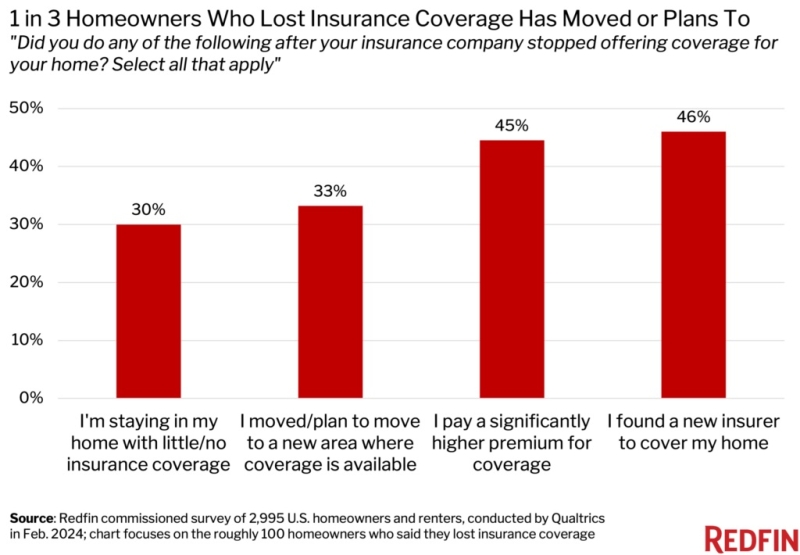Flint Leads Nation in Vacant Properties
More than 1.3 million residential properties, or 1.6 percent of all residences, were vacant at the beginning of February, according to new data released by RealtyTrac. This level represents a 9.3 percent decline from the last residential property vacancy analysis in the third quarter of 2015.
Among the nation’s 147 top metropolitan areas, Michigan had the two with the highest share of vacant properties: Flint (7.5 percent) and Detroit (5.3 percent). Other markets with higher than normal vacant properties were Youngstown, Ohio (4.4 percent), Beaumont-Port Arthur, Texas (3.8 percent), Atlantic City, N.J. (3.7 percent), Indianapolis (3 percent), Tampa (2.9 percent), Miami (2.8 percent), Cleveland (2.8 percent), and St. Louis (2.6 percent).
On the flip side, the metro areas with the lowest share of vacant properties were San Jose (0.2 percent), Fort Collins, Colo. (0.2 percent), Manchester, N.H. (0.3 percent), Provo, Utah (0.3 percent), Lancaster, Pa. (0.3 percent), San Francisco (0.3 percent), (0.3 percent), Los Angeles (0.4 percent), Boston (0.5 percent), Denver (0.5 percent), and Washington, D.C. (0.5 percent).
The report also found that investment properties accounted for 76.7 percent (1,044,599) of all vacant properties nationwide. Among major metro areas, those where investment properties accounted for the highest share of vacant homes were Myrtle Beach, S.C. (95.0 percent), Barnstable, Mass. (93.5 percent), Salisbury, Md. (91.9 percent), Lexington, Ky. (91.8 percent), and Asheville, N.C. (90.6 percent).
Properties in the foreclosure process accounted for 1.5 percent (19,793) of all vacant properties nationwide, a four percent decline from last year. Massachusetts led the nation as both the state with the biggest year-over-year increase in zombie foreclosures (up 167 percent) and as the home to the metro market with the biggest year-over-year increase in zombie foreclosures (Worcester, up 163 percent).
“With several notable exceptions, the challenge facing most U.S. real estate markets is not too many vacant homes but too few,” said Daren Blomquist, vice president at RealtyTrac. “The razor-thin vacancy rates in many markets are placing upward pressure on home prices and rents. While that may be good news for sellers and landlords, it is bad news for buyers and renters and could be bad news for all if prices and rents are inflated above tolerable affordability thresholds.”





